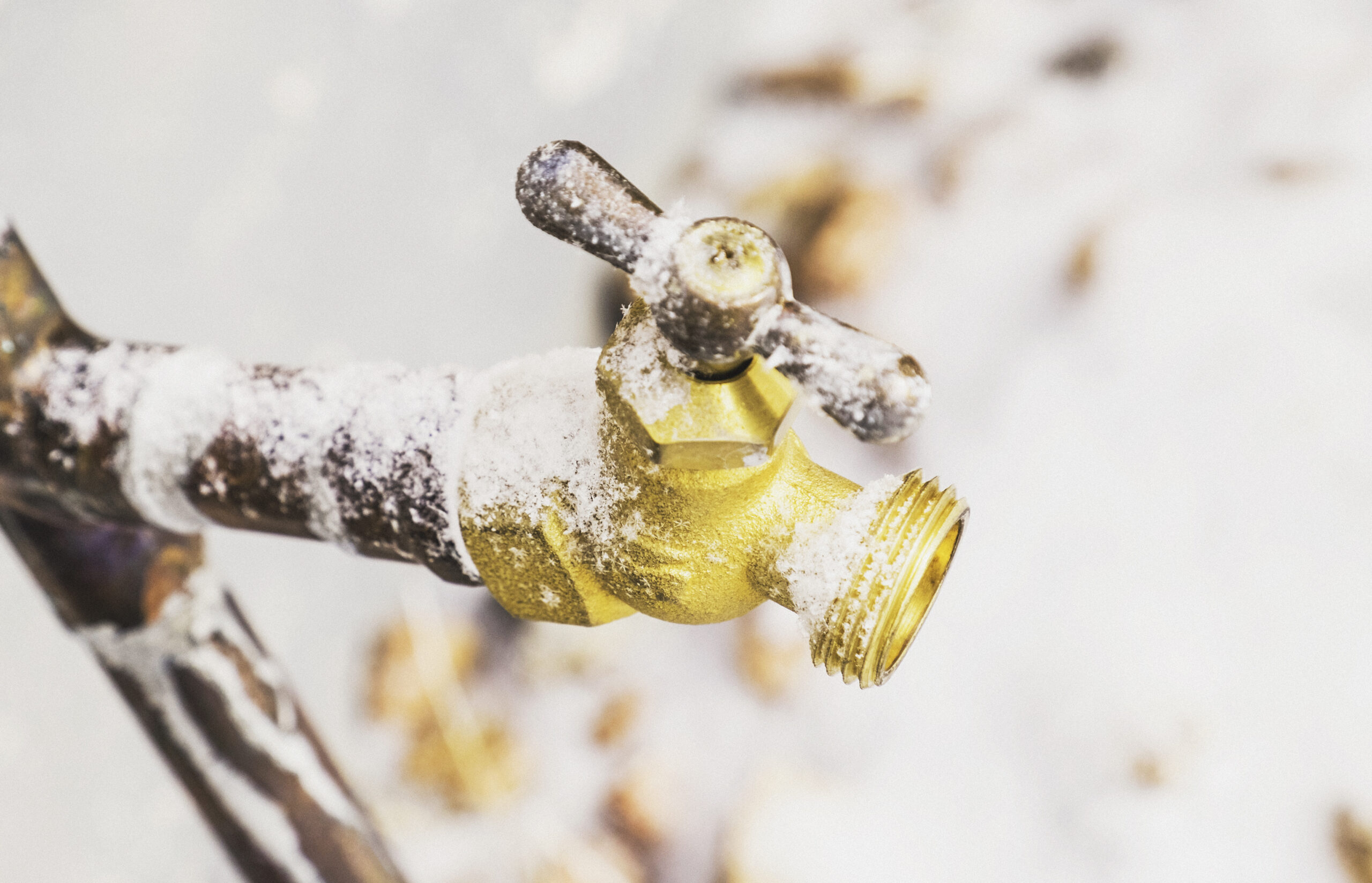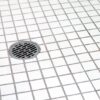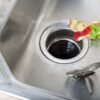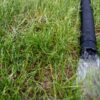Category: Winter Plumbing

Tips to Avoid Common Winter Plumbing Issues
Between an abundance of cooking, baking, and many days of hosting, the holiday season is the most inconvenient time to experience plumbing issues. But with a few tips and tricks, you can avoid them altogether. Continue reading our blog to steer clear of the most common winter plumbing issues.
Leaking Garbage Disposal
A leaking garbage disposal is one of the easiest repairs we do. However, if a leak is left for too long, this easy fix can lead to a much larger problem that requires a full disposal replacement. If you notice your garbage disposal leaking, it’s best to contact your local plumber immediately.
Frozen Pipes
Frozen pipes are one of the most common calls we get around the holidays. This issue happens when the water backs up and solidifies, resulting in thousands of dollars in damage. Avoid frozen pipes by keeping your thermostat set at 55 degrees Fahrenheit or higher. And, if you tend to turn the heat off in your cabin during wintertime to save money, you’ll need to rethink that. Heating your cabin may add an extra expense, but with the frigid temperatures and unexpected length of winter, a small crack in your pipe could quickly turn into a larger issue.
Clogged Kitchen Sink
Low temperatures and a busy kitchen create the perfect storm for a clogged drain. With an increase of grease and food remnants going down the sink, debris tends to get caught and solidify on the walls of the pipes. Avoid a backup by limiting the amount of food bits that wash down the drain, even if you have a garbage disposal. In addition, never pour grease down the drain. Instead, drain any oil or grease into a container and throw it in the garbage.
Damage to Exterior Plumbing
If you have outdoor water valves, sprinkler systems, or hoses that are not prepared for the winter weather, damage to any or all of these may come to light as the snow melts in spring. Avoid exterior plumbing issues by making sure everything is well-insulated. You can protect your exterior plumbing with pipe wraps or screens. They also create boxes that can cover larger, exposed plumbing.
The experienced plumbers at Robillard Plumbing have proudly served customers throughout the northwest Twin Cities area since 1986. We take pride in providing efficient, effective plumbing services with a focus on reliability and customer care. Should you have any issues with your plumbing, contact us to schedule an appointment with a trusted professional.
Read More
Preparing Your Outdoor Faucets for Winter
Falling leaves and dropping temperatures mean winter is on the horizon. But before the first freeze, it’s important to prepare your home for winter. Ask yourself this ─ Is my outdoor winter checklist complete? If you don’t plan on preparing your outdoor faucets for winter, the answer is no. Continue reading our blog to winterize your faucets properly.
Why Is It Important?
Outdoor faucets are not designed to handle the freezing weather through the winter months. If you leave your hose on the spigot, water can become trapped inside the faucet and damage the pipes. The trapped water will expand as it freezes and causes the faucet to split. Once a faucet breaks and is turned on in the spring, it can cause flooding inside your home. Avoid costly and permanent damage by following these steps:
How To Winterize Your Faucet
- Close the shut–off valve: Many shut-off valves are located inside your home. Turning the valve off before winter will avoid accidental freezes that could break the valve. If your valve is broken, it will be impossible to stop the flow of water to the faucet.
- Disconnect all hoses: Removing hoses is just as important as any other step. If you don’t remove them, the hose bib can trap water and cause the fixture to freeze up. One night of freezing weather can cause a crack in the pipes and create expensive problems.
- Check for leaks: As you walk around your yard, check your hose bibs and yard hydrants for leaks that need repair. Dripping water can freeze and damage them as the water expands.
- Insulate your pipes: Install hose bib covers on each outdoor fixture to protect them from freezing temperatures. These covers are made from a foam-like material to insulate the valve. If you’re looking for extra insulation, purchase non-drainable hose bibs and install them inside the cover. This is just an extra precautionary step, and in most cases, the hose bib cover will provide enough insulation to prevent freezing.
Winterizing your outdoor faucets can be accomplished without the help of a professional, but should you have questions, our team is happy to answer them. Robillard Plumbing offers a range of services and products for all your plumbing needs. Contact Robillard Plumbing today.
Read More


